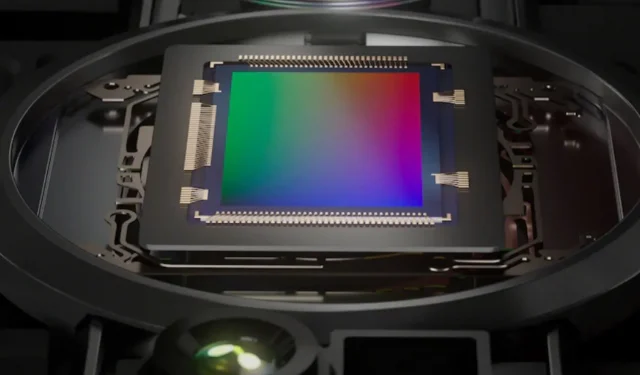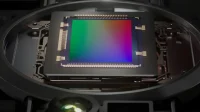The Sony IMX989 photo sensor is a huge sensor that can be found in the Xiaomi 12S Ultra.
Xiaomi 12S Ultra will have a main lens equipped with a 1-inch Sony IMX989 sensor. So far, the Sony Xperia PRO-I and some other models have also offered a similarly sized sensor, but the Sony IMX989 is specifically “designed for smartphones”and Xiaomi has received some design and financial help for this. Xiaomi 12 being one of the best photophones of 2022, this 12S Ultra is worth keeping a close eye on.
Sony IMX989 photo sensor – a huge sensor
The Xperia PRO-I used a modified version of the 1-inch sensor developed for the Sony RX100 VII compact camera. In addition, the Xperia PRO-I does not fully utilize the surface of the sensor, probably due to the size of the optics and the depth limitation. Unfortunately, here we lose all interest in a larger sensor if we can only use 12 MP instead of 24 MP. Agree, 12 MP is already very interesting, but from a semiconductor point of view, this is a big dead surface, which means a lot of money wasted.
And that’s why the size of the sensors in our mobile devices has stalled somewhat in the past year after years of rapid growth. Despite most marketing claims of “software prowess,”many improvements in photo performance are hardware-related.
This isn’t to say that software isn’t essential, but the obvious reason why OEMs keep upgrading their camera hardware is because software can’t significantly improve image quality. Even Google had to seriously upgrade the hardware of its Pixel 6 to stay competitive despite its reputation for being the best in software imaging.
Sensor to be found in Xiaomi 12S Ultra
Xiaomi seems to have found a way to use the entire surface of the sensor, possibly by redesigning its optics, but we’ll need more clarification on this. This is a simple physical limitation that should be easily described without revealing any trade secrets. Let’s hope this is true.
But how can this Sony IMX989 sensor be “designed for smartphones”? It’s hard to say without detailed specs. This may be due to the functions of mobile phones, and not to ordinary cameras. It could also be due to the packaging of the chip, which will be more optimized for the smartphone.
The sensor has a diagonal of 16 mm, and some say that it is “not 1 inch”, but in fact it is not. When we say “1”sensor, we usually say “1”sensor. The term “1 inch”dates back to the days of the cathode ray tube (CRT), when TV cameras used the touch surface of a CRT, and the outer diameter of the tube was 1 inch. Inside, the diagonal of the touch surface was about 16 mm. However, until today, the terminology “1 inch”has been retained in the industry.


